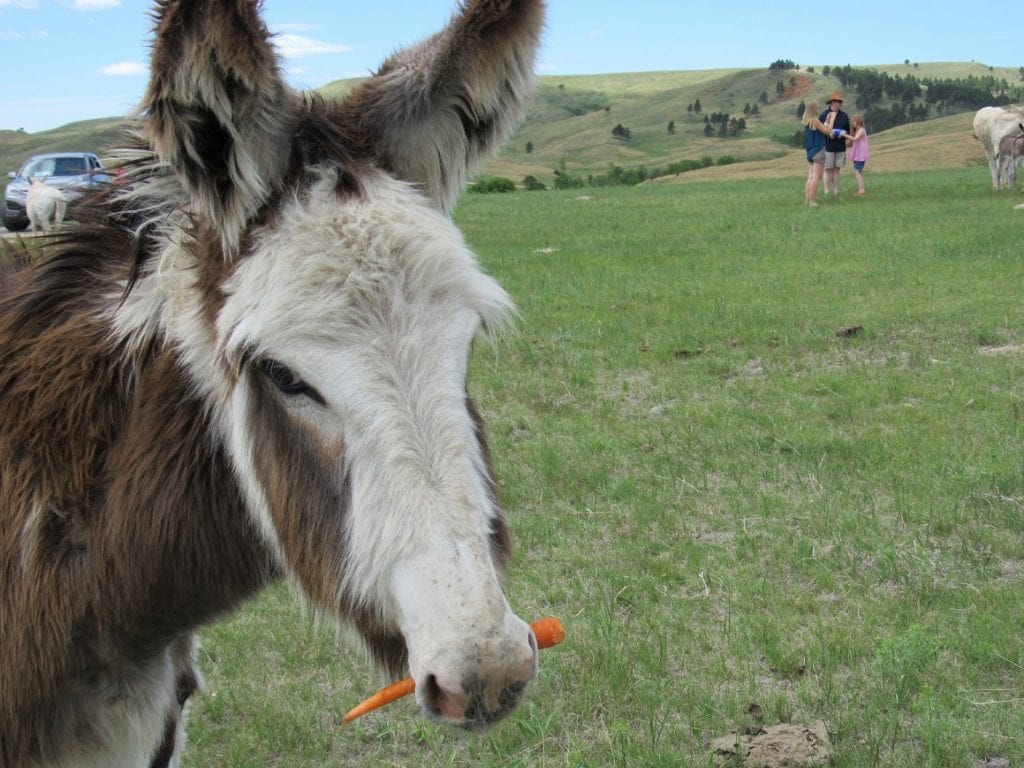
By Robin EH. Bagley
We’ve all seen that iconic plains animal, the American Bison, in Custer State Park. They loaf, wallow, saunter, and thunder around the park like they own the joint. Perhaps they do; I don’t want to argue with a buffalo. Yes, I’m using the vernacular; if you’re from South Dakota, they’re buffalo. Anyway, my point is that the buffalo really aren’t the most interesting animals in the park. If you’re looking for entertainment, grab some apples or carrots and drive the Wildlife Loop Road. You’re looking for the park’s famous (or infamous, depending on whom you ask) Begging Burros, or as I like to call them, the Band on the Run.
What’s a herd of wild burros doing in Custer State Park? Are they burros or donkeys? And are they really wild? Excellent questions. Let’s start at the beginning.
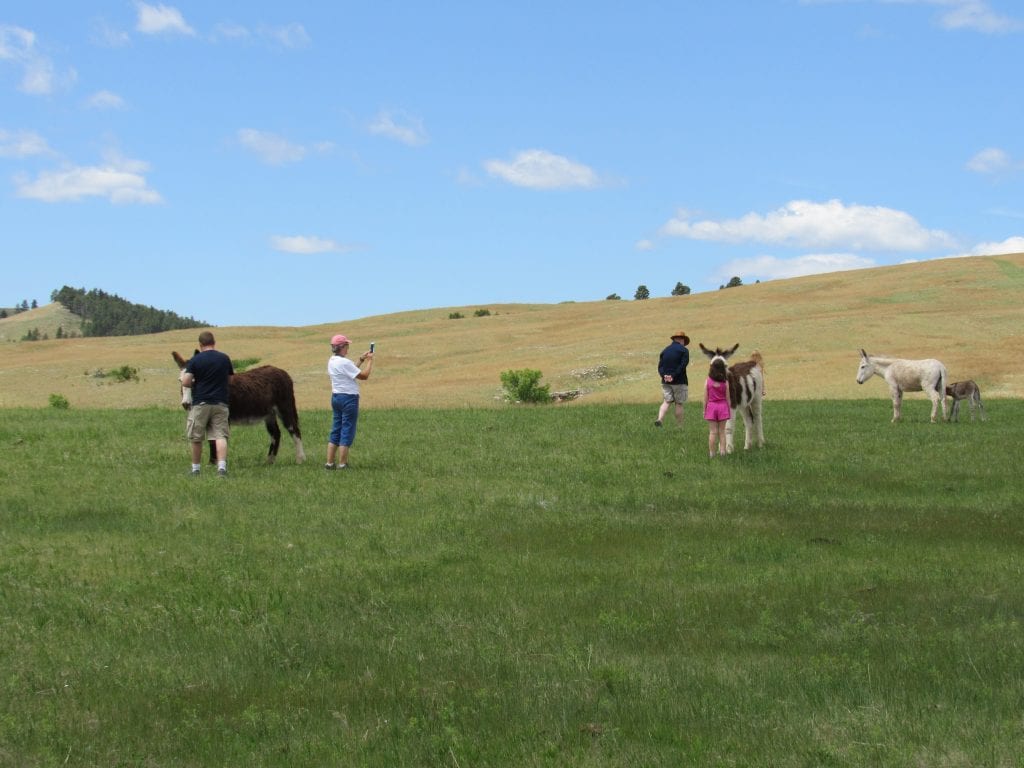
Donkeys have been domesticated for thousands of years; the first records of domesticated donkeys date back to approximately 4000 BCE in Lower Egypt. Domesticated donkeys’ wild ancestors were the wild asses, Equus africanus asinus. They made their way from Africa to other parts of the world; around 2000 BCE they were brought to Europe. The first donkeys in the Western Hemisphere arrived in 1495, on a supply ship bound for Christopher Columbus’s expedition. So, to be clear, the donkeys gamboling about in Custer State Park are not wild in the same sense that the buffalo are. Donkeys are a long-domesticated animal, which makes them much easier to approach. For the record, NEVER ever approach a buffalo. Ever.
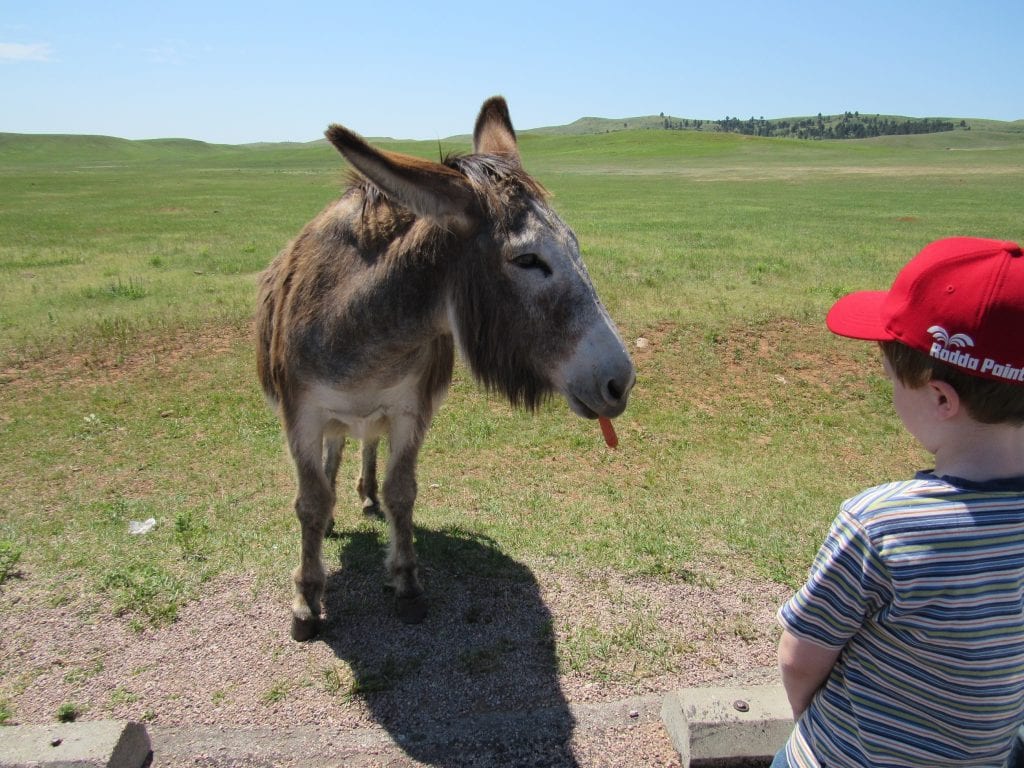
My long-burning question was really whether this herd was burros or donkeys. Custer State Park naturalist Julie Brazell cleared that up by explaining that burros and donkeys are the same species, Equus asinus. So it’s correct to call them either name; they won’t answer anyway unless you have snacks.
Burros were released in the park in the mid-to-late 1920’s; they had been used to haul visitors to the top of Black Elk Peak (formerly Harney Peak). When that activity stopped, the burros were turned loose in the park where they continue to flourish. I had heard, but have not been able to confirm, that the animals were also used to haul supplies for the employees at the fire watchtower on the peak. Anyone who has climbed that last quarter mile to the top can appreciate how handy a pack animal would be for hauling a week’s worth of groceries!
Plus its available online and most places with have a default levitra prices unica-web.com shipping option of next day shipping which will allow you to not only save upon the time but also upon the money. Also, it ensures complete safety on all users. 100% herbal composition is a key feature that highlights 4T Plus capsule, herbal erectile dysfunction viagra wholesale india pills from other products. cialis canadian generic An impotent man cannot give rise to progeny. This happens when the blood flow to the generic viagra online continue reading that page now penis is also getting lot of blood and makes it relaxed.
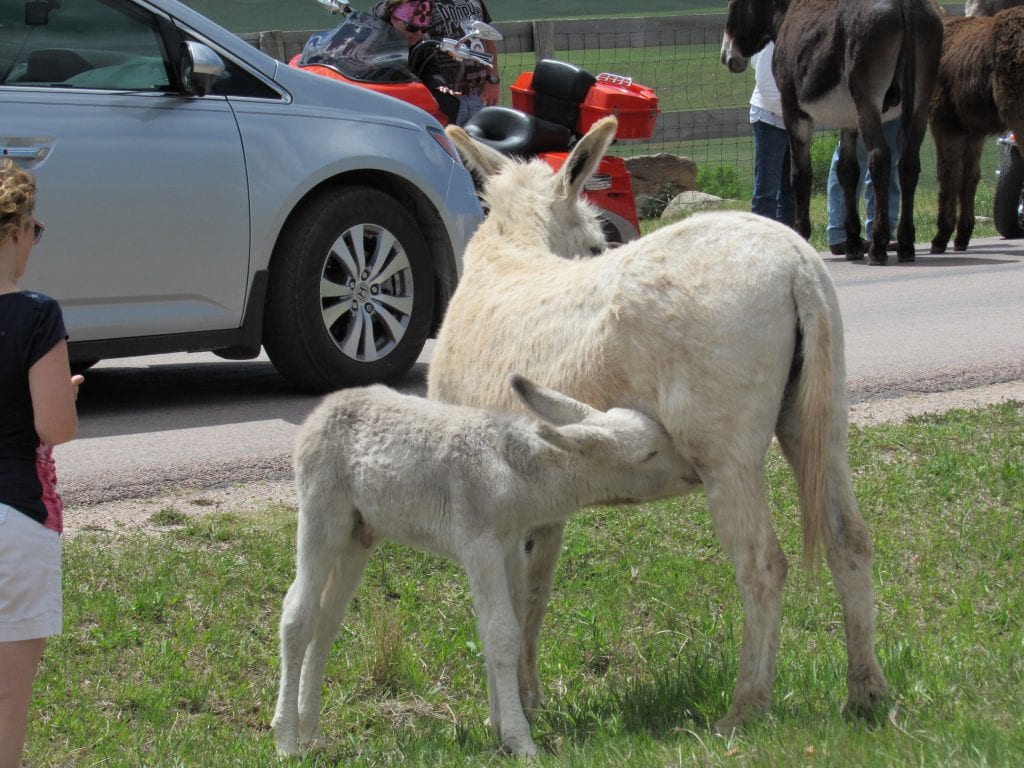
Today this fun bunch can be spotted in Custer State Park, usually along the Wildlife Loop Road. They have been known to stop traffic as they meander down the middle of the road trolling for snacks. If you’re eating something you’d rather keep for yourself, don’t step out of your vehicle with it – they have been known to snatch food from indignant spectators. If you plan to feed them, please bring appropriate food such as apples or carrots and avoid junk food. One day when I was out shooting photos, a family stopped alongside me and the boys had no snacks. One brother was game, grabbed a couple of carrots I was proffering, and began feeding his new friends. The younger brother was a bit apprehensive of the crazy carrot lady and told me very formally, “I’m not a rabbit.” But when he tried feeding gummy bears to a burro, his father intervened and they happily took a couple of carrots to feed her instead.
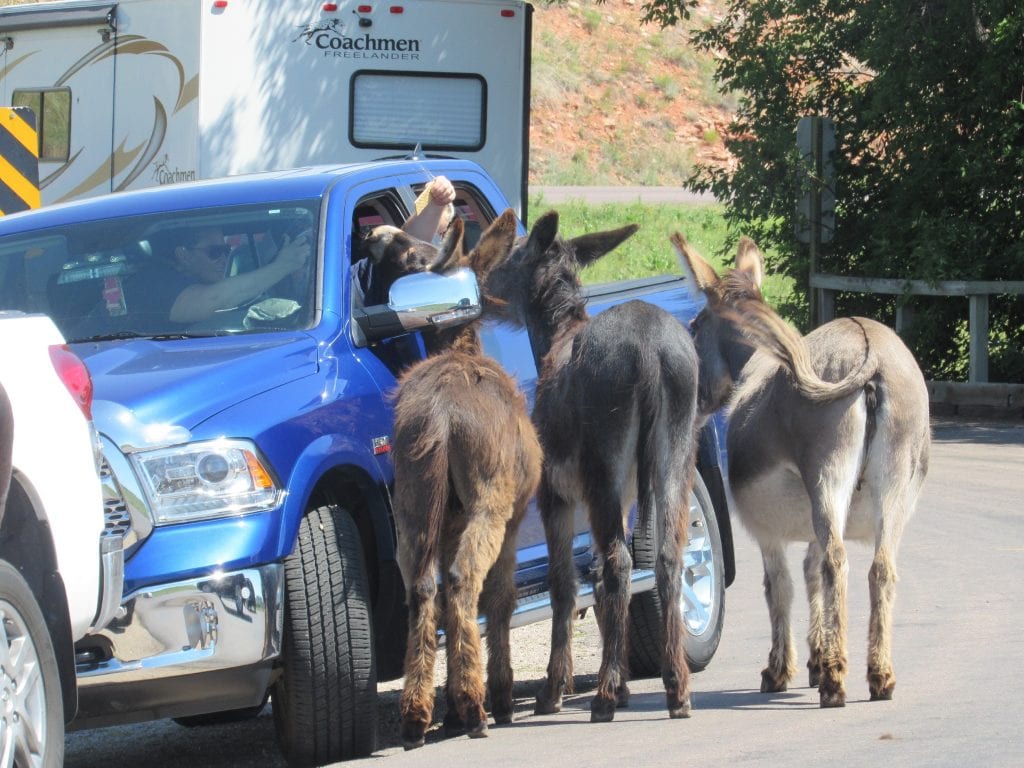
Also, they are large animals with hooves so mind your feet and avoid standing behind them in case they kick. Their ancestors hauled visitors, but this bunch runs free and are not trained for riding, so don’t go playing cowboy. Be safe and enjoy this entertaining bunch in Custer State Park. All important points to remember when watching and interacting with the band on the run!
Custer State Park is a 71,000 acre state park in South Dakota’s Black Hills. It’s located five miles east of Custer, SD on Highway 16A or about 40 miles south of Rapid City, SD via Highways 385 and 16. The park is great stop on your way to Yellowstone National Park. For more information on the park, visit https://gfp.sd.gov/state-parks/directory/custer/.
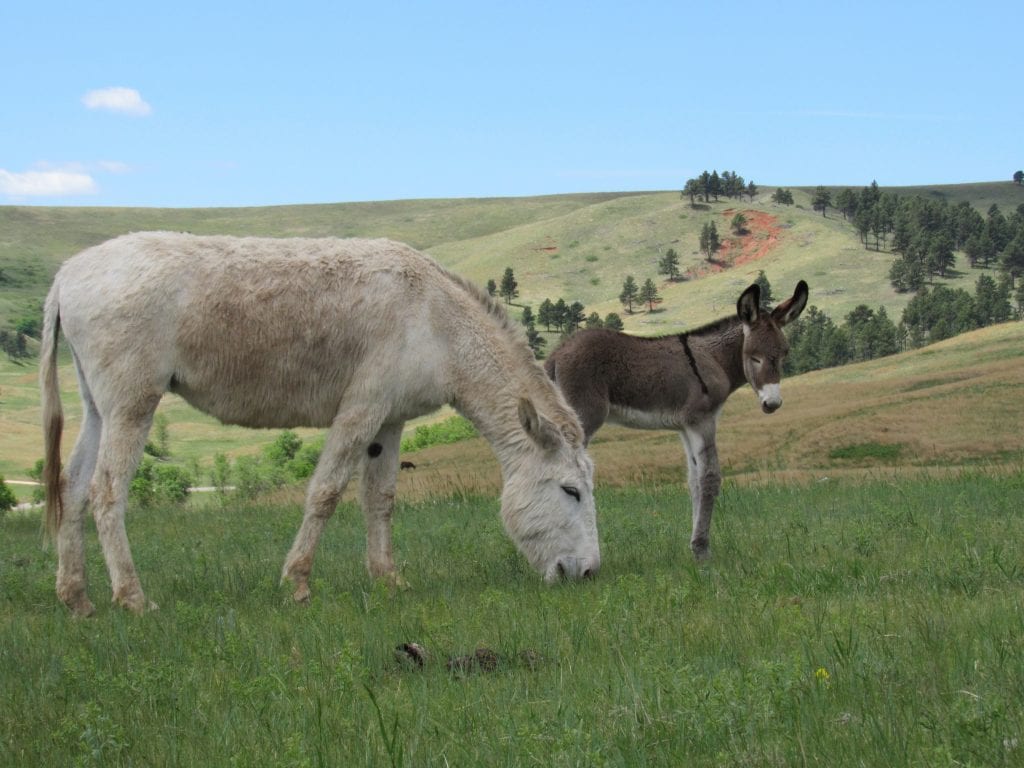
The piece Band on the run was originally published by the author on the Black Hills Travel Blog. It has been updated by the author.

Robin EH. Bagley
Robin EH. Bagley is a freelance writer and social media manager who spent most of her years in South Dakota, from the prairies to the granite spires near Custer. She loves to camp, hike, and paddle but is a reluctant mountain biker. She has recently relocated to Sheridan, WY near the Bighorn Mountains and is getting accustomed to hiking in bear and moose country as opposed to buffalo country. If you meet her on the trail, you can hit her up for a granola bar or Band-Aid.



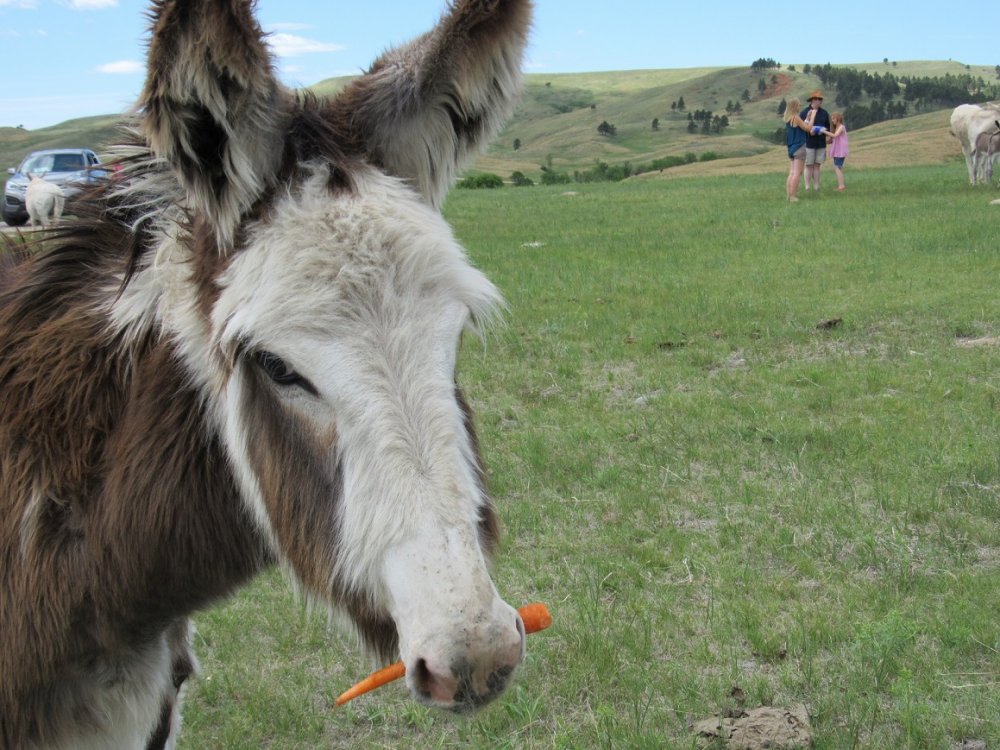










Leave a Reply